July 11, 2023
Cleaner Mobility Platform from MANN+HUMMEL Emission-neutral driving in clean ambient air
Sustainable mobility does not have to remain a future scenario. With its Cleaner Mobility platform, MANN+HUMMEL is already demonstrating that emission-neutral and energy-saving driving can be combined with clean air inside and outside the vehicle. For this purpose, the company, as one of the world's leading experts in filtration technology, has converted an electrically powered small car into a technology carrier. Equipped with various filter systems, the mobile high-tech platform achieves astonishing results in measurements and field tests, benefiting both people and the environment.
Ludwigsburg, July 11, 2023 – The World Health Organization (WHO) estimates that seven million people die prematurely each year from particulate matter, nitrogen oxides and other air pollutants, all over the world. That's more than ten percent of annual deaths worldwide. Anyone can be affected. That's because 99 percent of the world's population breathes air that does not meet WHO quality standards. One of the main drivers of global air pollution is mobility. Over a billion automobiles ply the roads, and with the steady growth of the world's population, there are more every day. Between 1991 and 2023, the number of registered passenger cars in Germany alone rose from 36.8 to 48.8 million.
Abrasion as the main source of emissions
Vehicles release nitrogen oxides and carbon monoxide through their exhaust gases; regardless of their type of drive, however, they also emit particulate matter through tire, brake and road abrasion. Thus, 85 percent of particulate matter emissions do not come from vehicle exhaust, but from their abrasion. This means that even the supposedly clean electric vehicles contribute to environmental pollution. The EU Commission is therefore planning to introduce limits for vehicle tire and brake abrasion for the first time from 2025.
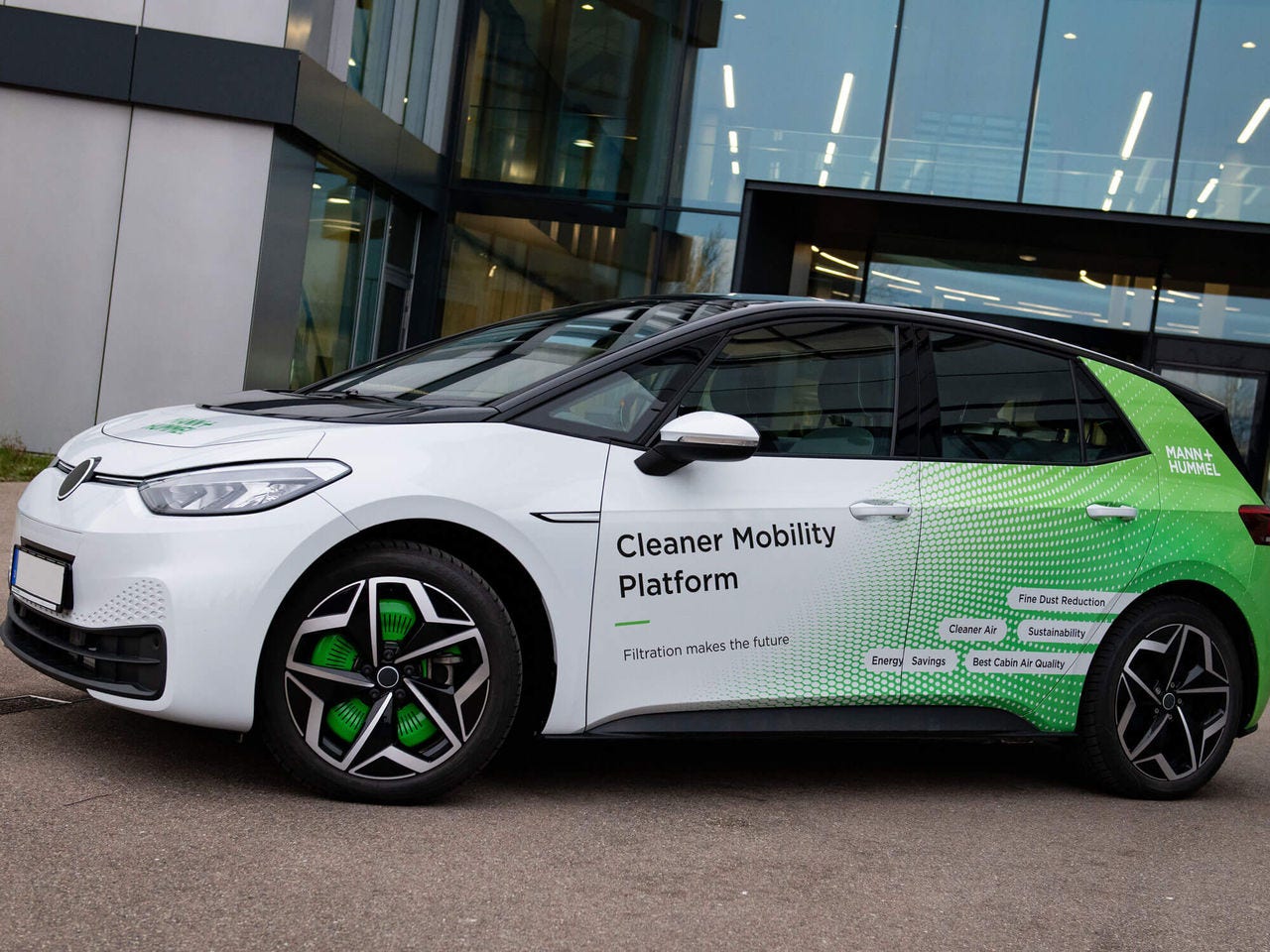 Emission-neutral and energy-saving driving: The Cleaner Mobility Platform from MANN+HUMMEL
Emission-neutral and energy-saving driving: The Cleaner Mobility Platform from MANN+HUMMEL
With its Cleaner Mobility platform in the form of a small car, MANN+HUMMEL proves that emission-neutral driving without particulate matter pollution is already possible today. The filter systems installed in it trap the tiny and barely visible particles - in the technical jargon Particulate Matter (PM) - inside and outside the vehicle.
"We installed our filtration systems in an electric vehicle to show how sustainability goals can be achieved quickly and effectively with sophisticated technology," explains Markus Kolczyk, Vice President Original Equipment Global Engineering at MANN+HUMMEL. "In the mobility sector, this is our contribution to a cleaner environment, based on 80 years of knowledge, experience and research."
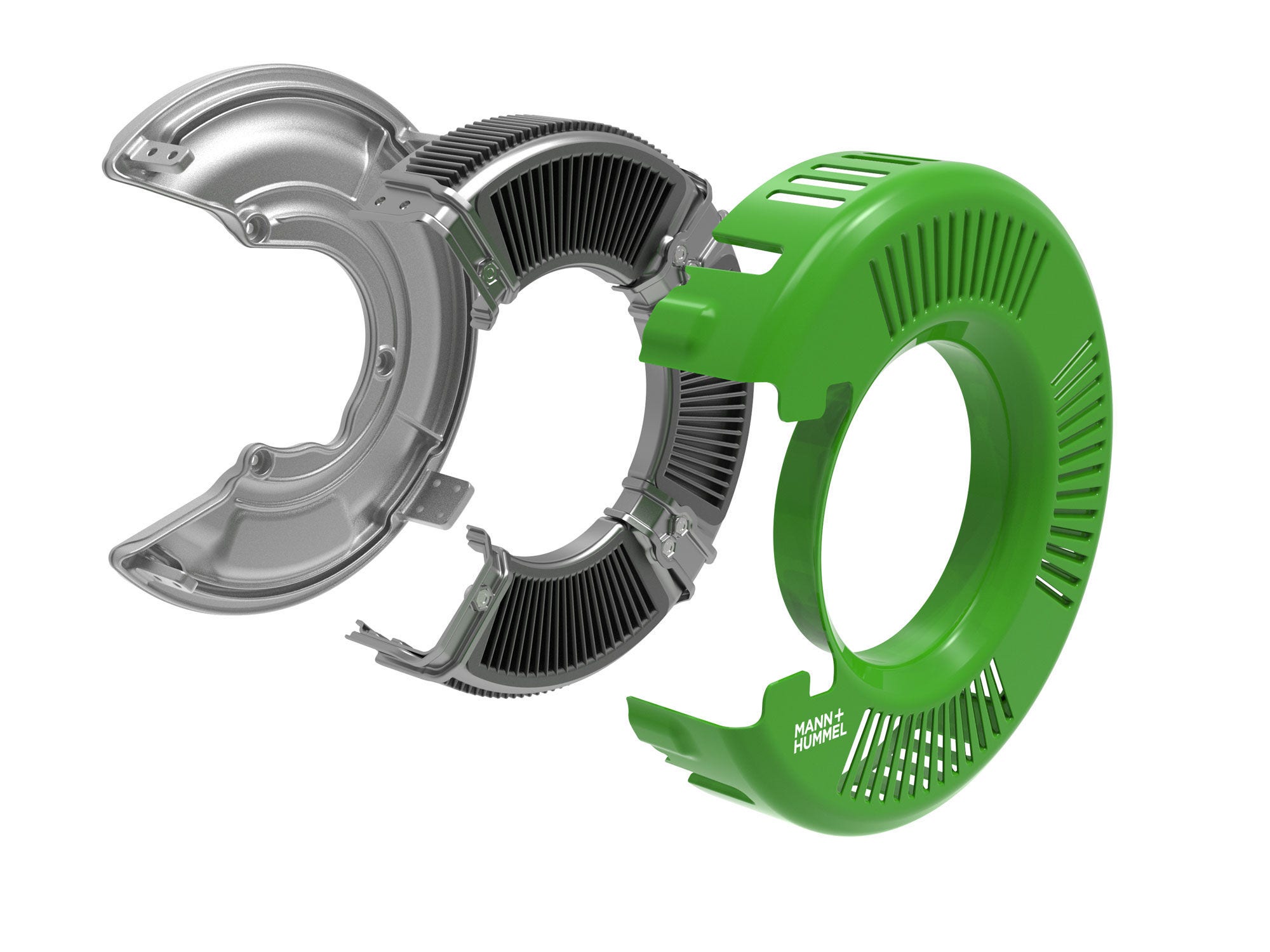 Passive brake dust particulate filter with metal fiber fleece captures particulate emission directly at the brake
Passive brake dust particulate filter with metal fiber fleece captures particulate emission directly at the brake
Brake dust particulate filters reduce particulate matter by up to 80 percent
Wear abrasion of the brake disks and pads in the braking process generates dust. The passive brake dust particulate filter with metal fiber fleece sits directly on the brake caliper and captures the particulate emissions directly at the brake. It fits into any installation space and can be adapted to different brake sizes and concepts in line with customer requirements. Particulate emissions can thus be reduced by up to 40 percent. With the active version of the brake dust particulate filter, in which the fine dust is transported to a central filter by means of a vacuum pump, reductions of up to 80 percent can even be achieved.
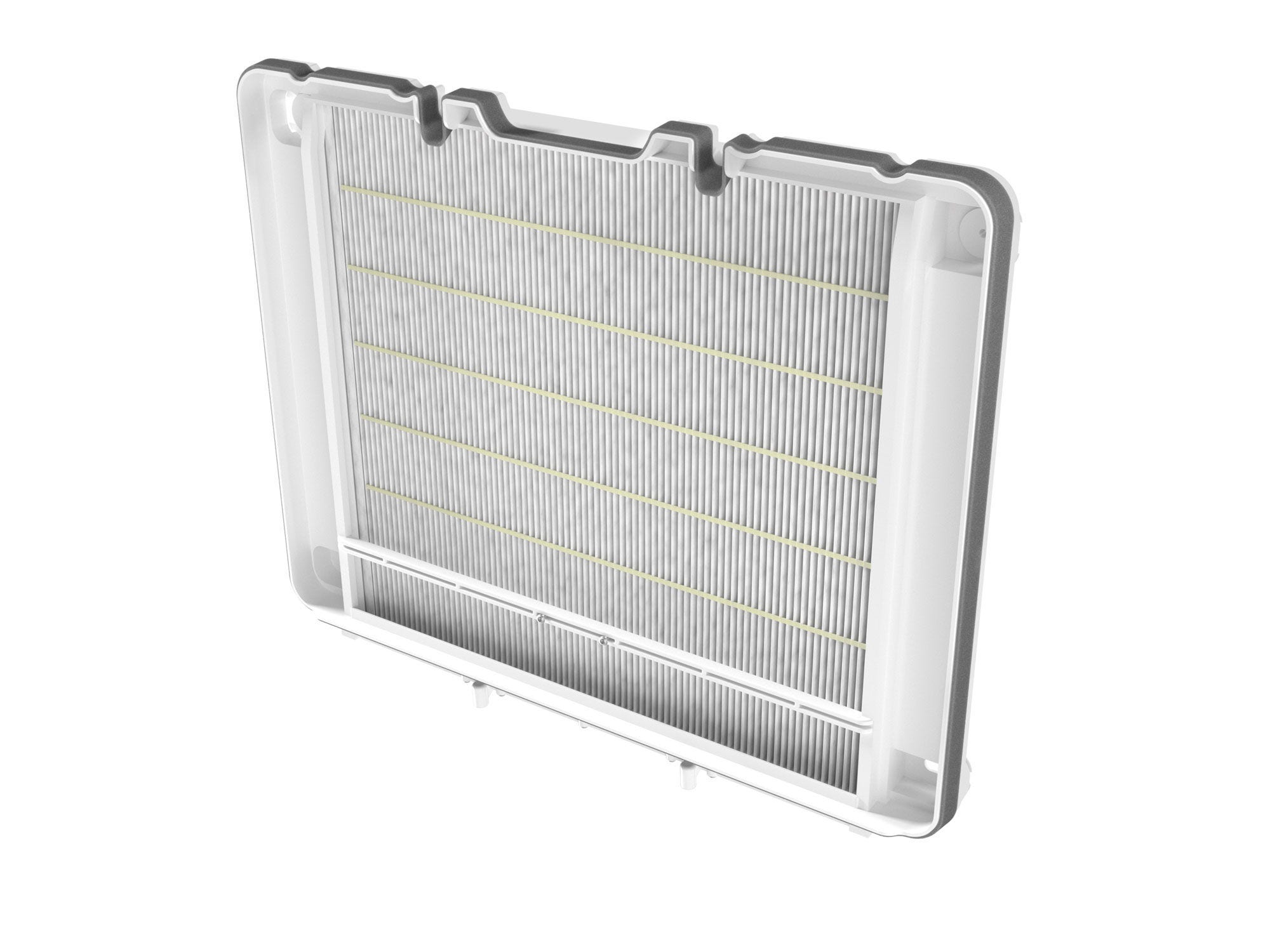 Integrated fine dust particle filter filters out the swirled up particles from the ambient air
Integrated fine dust particle filter filters out the swirled up particles from the ambient air
Integrated fine dust particle filters improve ambient air
MANN+HUMMEL installs particulate filters at the front of vehicles, between the radiator and the bumper. Like rolling vacuum cleaners, they filter out the swirled-up particles from the ambient air. Depending on the usage scenario, measurements have shown that the filter system can compensate 100 percent of the fine dust particles emitted by the vehicle up to a diameter of ten micrometers (PM 10). In heavily polluted urban area, the particulate emissions of up to three vehicles can be counterbalanced.
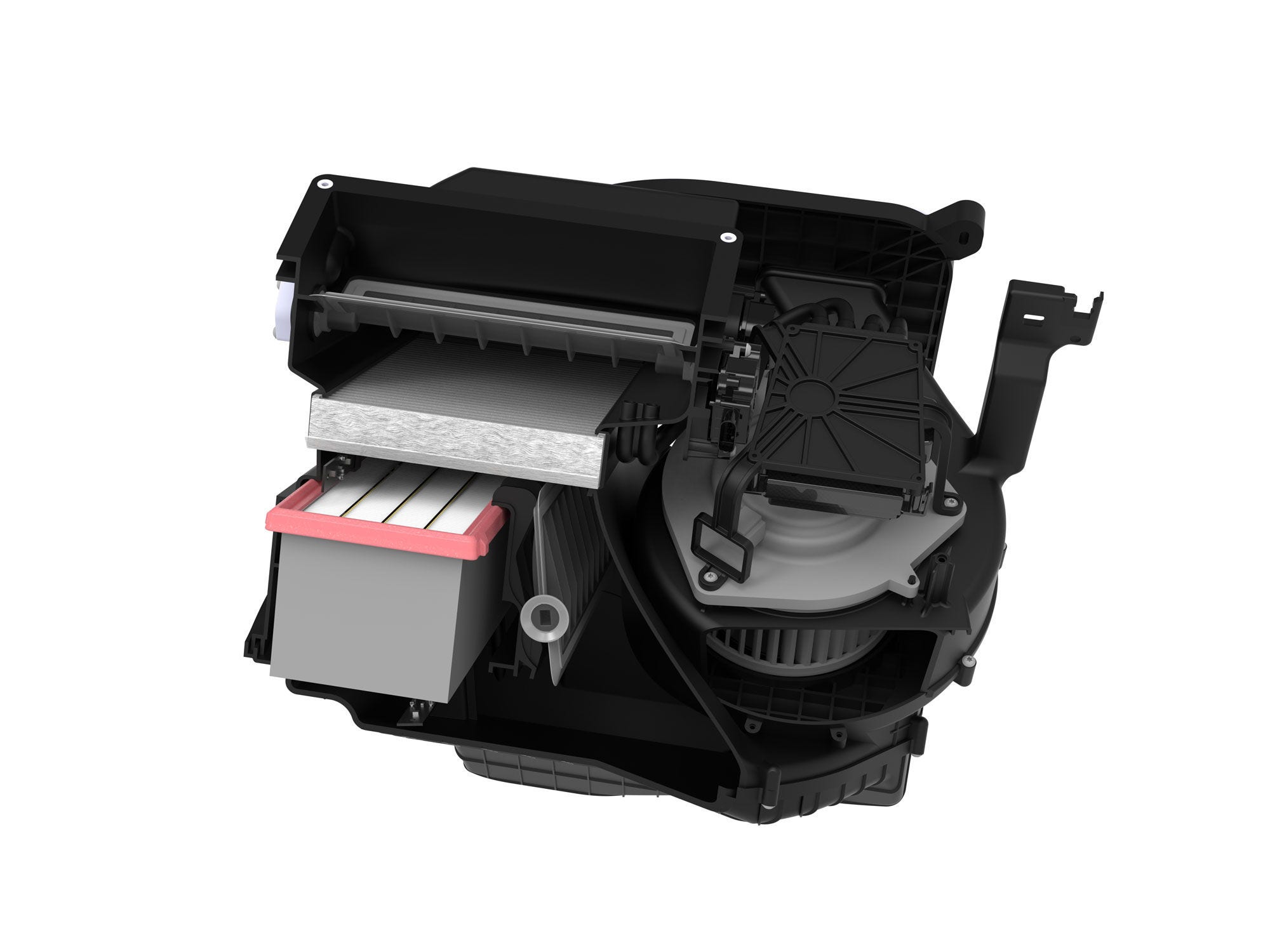 Smart CAF binds ultrafine particles with a size of less than 0.1 micrometer
Smart CAF binds ultrafine particles with a size of less than 0.1 micrometer
Intelligent cabin air filter systems remove ultrafine particles
Pollutant concentrations inside the vehicle can be up to four times higher than outside. Fine dust, exhaust gases and pollen penetrate via the fresh air supply, but emissions also occur in the vehicle interior: volatile organic substances are emitted by the installed plastics and the vehicle occupants themselves emit CO2 and moisture. The new Smart Cabin Air Filter systems from MANN+HUMMEL remove so-called ultrafine particles (UFP) that are smaller than 0.1 micrometers. UFP can penetrate particularly deeply into the body and cause damage there. A built-in HEPA filter removes at least 99.95 percent of pollutants from the air and is particularly efficient at capturing ultra-fine particles. To keep the system compact and extend the life of the HEPA filter, an intelligent control system activates the filter only when certain air pollution limits are exceeded. This saves energy and extends the range of electric vehicles, benefiting not only the environment but also the driver.
The Cleaner Mobility platform combines the HEPA filter with an activated carbon prefilter, which performs prefiltration and adsorbs odors and harmful gases. It is also equipped with a bio-functional coating to bind microorganisms and allergens.
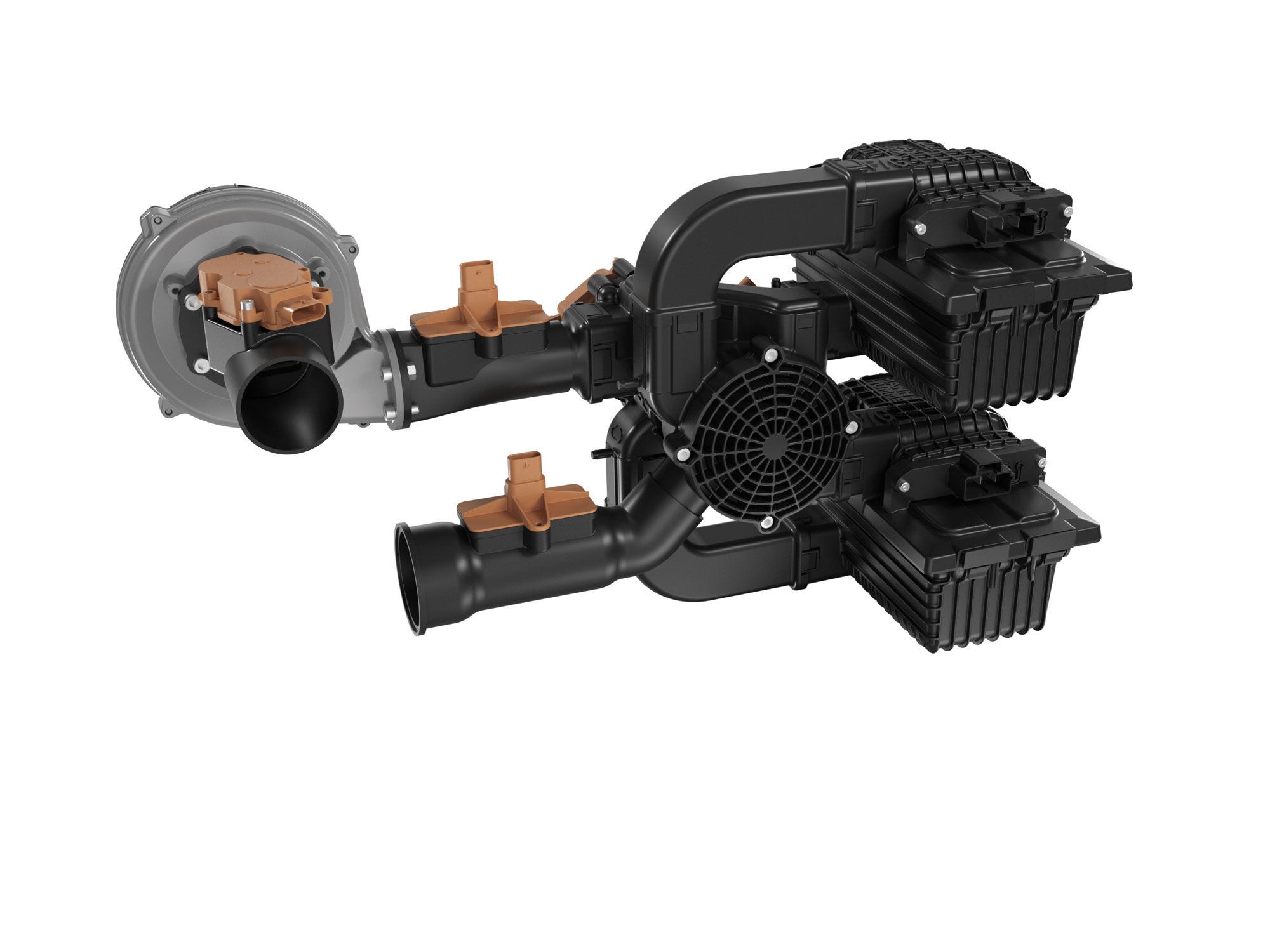 CMS system uses granulate adsorbers to regulate the H2O and CO2 concentration in the passenger compartment
CMS system uses granulate adsorbers to regulate the H2O and CO2 concentration in the passenger compartment
Cyclo-Multi-Sorber system saves energy and increases range
The Cyclo-Multi-Sorber-System (CMS) also contributes to improving interior air quality. It uses granulate adsorbers to regulate the H2O and CO2 concentration in the passenger compartment, thus improving comfort and safety. Intelligent control strategies and optimum air regulation of the passenger compartment save energy and thus significantly extend the range, especially in battery-electric vehicles.
Further information and video material can be found here.
